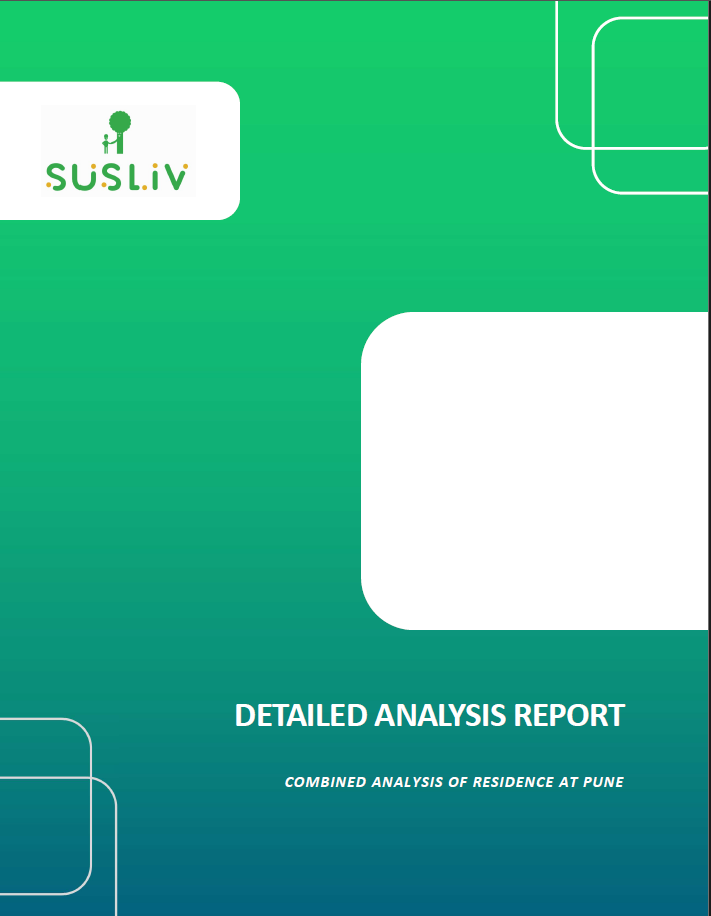Pune Residence, PYHT Architects; Sustainability and design assistance
Project Summary
The project presents a detailed analysis of a residential building in Pune, focusing on enhancing occupant comfort through comprehensive evaluation of thermal performance, daylighting, and wind-driven ventilation. The analysis identifies key challenges such as prolonged periods of high humidity and heat, suboptimal building materials, and insufficient natural ventilation openings. Through simulations of various scenarios—including window sizing, shading, wall and roof modifications—the project demonstrates significant improvements in thermal comfort, daylight penetration, and indoor air quality. Recommendations emphasize the use of tinted glass for glare control, optimization of light distribution with reflective materials and light shelves, and strategies to enhance natural and mechanical ventilation for improved comfort throughout the year.
Project Details
| Location | Pune, India |
|---|---|
| Building Type | Residential |
| Analysis Scope |
|
| Key Findings |
|
| Proposed Solutions |
|
